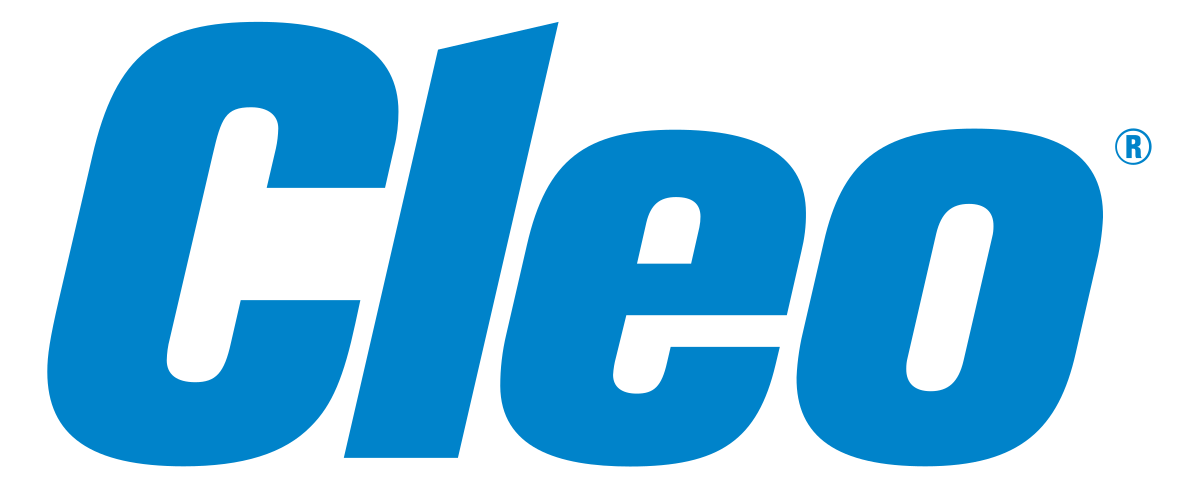The Critical Integration Miss: Continuous Exploration
Post-pandemic, partner integration requires speed, agility and delivering impactful customer experiences. Cleo’s Vidya Chadaga tells IDN how ‘continuous exploration’ unlocks all three.
by Vidya Chadaga, VP Products, Cleo
Tags: B2B, Cleo, continuous exploration, integration, SCM, supply chain,

vp products

"Velocity is the name of the game for integrating these days. But equally important is delivering on the experience customers expect."
Virtual Summit
 Enterprise-Grade Integration Across Cloud and On-Premise
Enterprise-Grade Integration Across Cloud and On-PremiseAs the pandemic has waxed and waned unpredictably over the past year and a half, many organizations have had to connect and engage with new suppliers and providers and new customers at a moment’s notice.
Time is money and business relationships matter.
Therefore, velocity is the name of the game when it comes to connecting and integrating these days. But equally important is delivering on the experience customers expect.
So, how can volatility-sensitive companies operating in the supply chain - manufacturers, retailers, and logistics service providers to name a few – best achieve both increased speed of connectivity and customer experience?
The answer, somewhat unsurprisingly, is integration technology. Specifically, how the business leverages new ways to connect and integrate to gain the advantage of greater operational agility to meet elevated customer expectations.
Supercharge Your Integration by Adopting ‘Continuous Exploration’
By this time, you may be asking yourself what this has to do with Continuous Exploration.
Let’s get to that now, starting with a quick look at an exceedingly popular methodology in software development today: The SAFe Framework.
SAFe (Scaled Agile Framework) is an end-to-end system for software delivery. It covers everything from ideation to release. It also runs the gamut of what it takes to create products with agility including everything from mindset and culture to team structure and KPIs. Let’s just say it’s extensive and comprehensive.
Let’s zoom in on the continuous delivery pipeline as prescribed by SAFe.
There are three general phases of an agile development lifecycle that have been widely adopted:
Continuous integration (CI): Basically, the testing phase. New code is staged and thoroughly tested to get ready for deployment.
Continuous deployment (CD): Once the code is tested and ready for release, it gets moved into a production environment.
Continuous release (CR): Here’s where new and enhanced capabilities are released – often as soon as they are ready – and become generally available to customers.
What’s missing above is the critical step of continuous exploration.
Scaled defines Continuous Exploration (CE) as “the process that drives innovation and fosters alignment on what should be built by continually exploring market and customer needs, and defining a Vision, Roadmap, and set of Features for a Solution that addresses those needs.” © Scaled Agile, Inc.
Intricately laced throughout CE is customer validation. Customer feedback is the springboard that launches and informs the entire cycle.
Now, let’s get back to integration and the supply chain.
Here is a reworked definition that applies:
“Continuous Exploration (CE) is the process that drives agility and fosters alignment on connectivity and integration by continually exploring ecosystem needs, and defining a current and future set of capabilities for a Solution that addresses those needs.”
Let’s zero in on “continually exploring ecosystem needs.”
Applying CE principles, validation starts by gathering data. In the supply chain, most companies need to connect upstream and downstream taking into account internal and external customers with suppliers, and logistics and distribution service providers.

3 Questions Every Company Needs To Validate When It Comes To Integration
Now that we have definitions and context in place, lets get practical and take a look at hands-on steps that lead to achieving validation via CE principals. Here are three (3) key questions to ask.
#1. What data syntaxes and protocols do we need to support?
Whether on the sourcing and procurement side or the distribution and selling side the goals should be to become easier to do business with and automate wherever possible. Once, EDI and AS2 might allow you cover both goals in serving the biggest supply chain hubs. But multi-enterprise integration today goes way beyond EDI. The interlaced explosions of cloud apps and eCommerce means the need to support APIs at the very least.
Consider the following:
- Protocols: AS2, SFTP, FTP/s, and OFTP2
These are the basic high-frequency mechanisms needed to connect securely across the supply chain and to internal systems
- Data Syntaxes: EDI, non-EDI (XML, flat file, spreadsheet, data base), and API (REST, SOAP)
What worked yesterday, won’t get you through tomorrow. The combination of EDI, non-EDI and APIs enable traditional business processes and undergird the near-real-time flows of eCommerce and adding agility in logistics.
Covering fast-rising and future trading partner connectivity and application integration requirements is critical to rethinking and redesigning end-to-end business processes.
#2. What systems are at the core of my business?
One end of revenue-creating business processes are back-end systems of record (SOR) including ERP, TMS, WMS. These applications are vital to Order-to-Cash (O2C), Load Tender-to-Invoice (L2I) and more.
There are two common SOR breeds to consider
- Megalithic traditional systems with a heavy on-premises footprint. Often requiring integration through a database or file server
- Cloud-based fit-for-purpose apps central to most digital transformation initiatives.
Ensuring business processes are streamlined across either type of system works starts with integration. Integration can also bridge data between systems and extend key processes like O2C from an ERP to a WMS to allow for more efficient fulfillment. Even more critical is examining evolving integration requirements during a migration.
#3. What level of visibility and insight does my business need?
Most companies are being asked to be more collaborative and transparent – with customers and partners. Think about a typical experience in ordering something off your favorite eCommerce marketplace. Product, pricing, inventory, and fulfillment status are ideally accurate and apparent.
Supply chains are increasingly being reshaped by expectations with much higher demand for data and data accessibility. In this, there is a pressing need for real-time. Yes, the concept of real-time is relative. Business can’t function as intended if it can only see the rear-view.
Conclusion – The Role of CE for the Health of Your Business Integration
Traditionally, integration visibility meant infrastructure visibility. Fine if all that’s needed is to know the health of an IT solution. And, this is where expectations become really, really important. Business-level insights translate complex technical data into something that can be understood by non-technical stakeholders. Operational intelligence, trading partner and customer scorecards, SLA monitoring and metrics – all provide insights into whether or not operational expectations are being met.
In the light of CE, defining a current and future set of capabilities for a Solution that addresses those needs how does integration drive agility?
While the feedback may differ from your traditional product development cycle, the outcomes of a CE-like approach to integration are parallel.
- Discover ecosystem requirements
- Uncover new capabilities
With this deeper understanding, your business can define additional integration demands for now and into the future.
Pursuing CE with an enterprise’s internal teams, as well as their customers and trading partners, will ensure that integrations are developed in a way that not only functions, but meets the exact needs of those counterparts. Without this approach, companies will inevitably fall behind on what it truly takes to meet supply chain expectations with velocity and sustained agility.
Vidya Chadaga is the Vice President of Products at Cleo and is responsible for global product strategy and product management. She drives the creation and commercialization of Cleo products and solutions and identify future market opportunities.
Related:
- Survey: 92% of Enterprises Working on, Planning App Modernization
- Tray.io Low-Code Integration, Automation Updates Drive Enterprise Hyperautomation
- Matillion Adds No-Code, Automation To Speed Delivery of CDC and Batch Data Pipelines
- Tray.io 'Embedded iPaaS' Empowers SaaS, ISVs via Low-Code, Automated Integrations
- API Management vs. Service Mesh: The Choice Doesn’t Have to Be Yours
All rights reserved © 2025 Enterprise Integration News, Inc.


